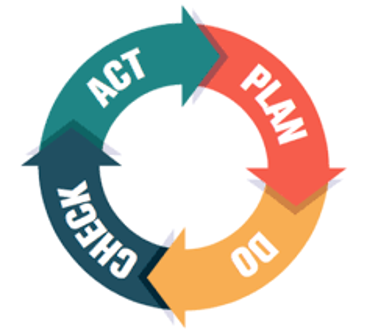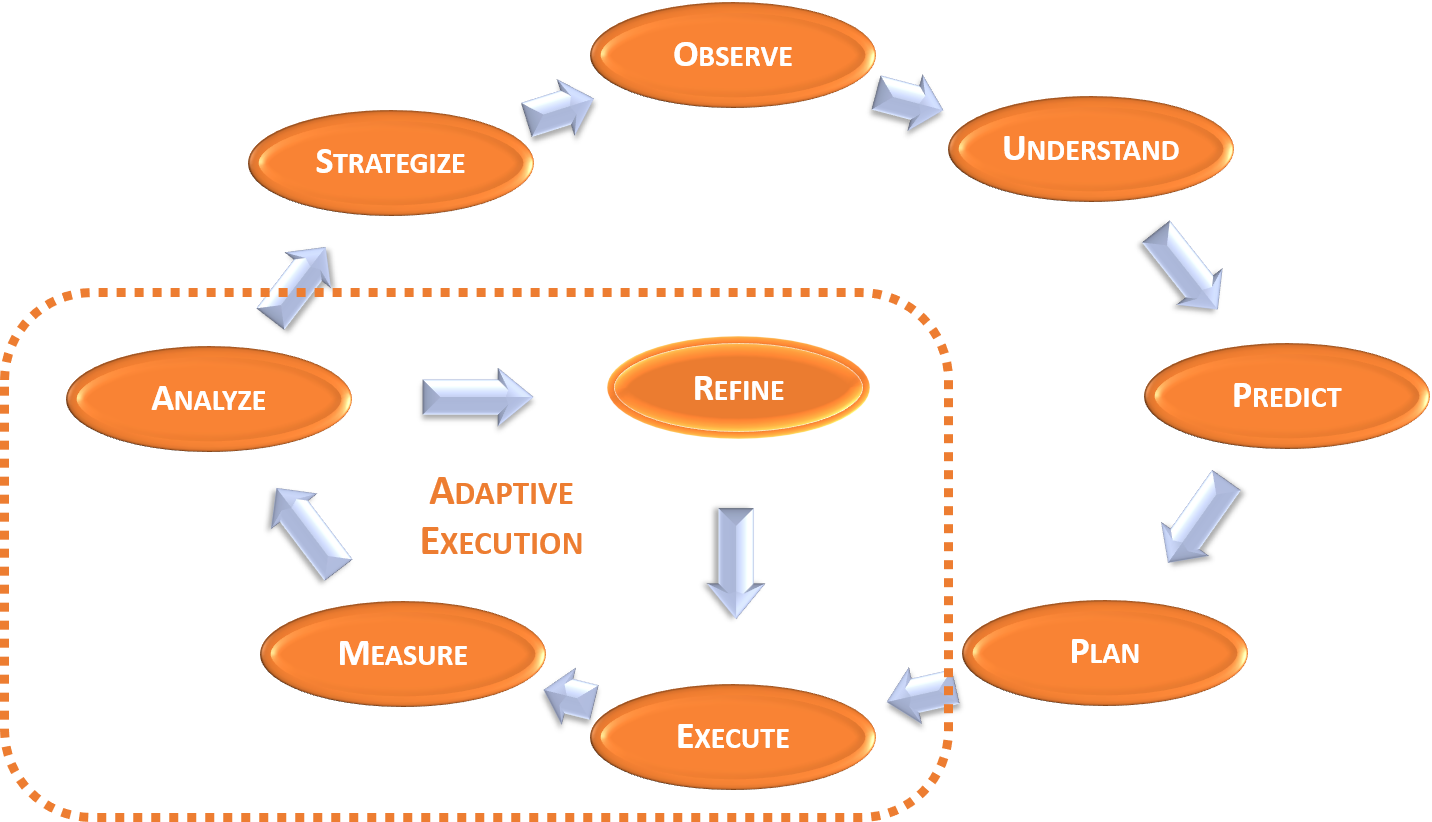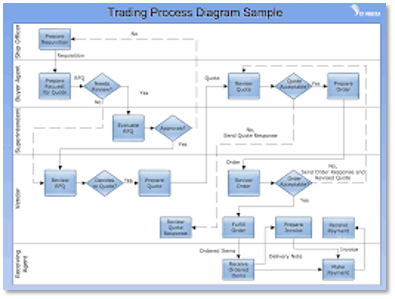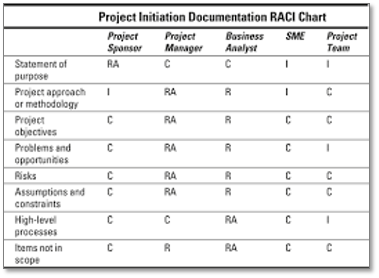![]()
Process Acceleration
The effectiveness and efficiency of mission critical processes are essential for achieving high quality and a significant ROI for any business system. Process improvement techniques have been around for over 150 years with many to choose from today depending on the type of process and level of improvement needed. In addition to the more well know process improvement methods, such as 6 Sigma, Lean, Kaizen or their variations such as Lean 6 Sigma, there are 100’s of books on the subject and dozens of consulting firms that have their own adaptations of one of these. Proxcent even has their own framework and method developed many years ago when the founder was leading an IT focused process improvement consulting practice. All of these follow a common sense approach of Plan, Do, Check & Act, which is also very similar the scientific method that Proxcent uses in all of it’s services.
There’s really no right or best method that is ideal for every situation, since they all can work if you make sure you address all the factors needed for a process improvement effort to be successful, as well as all the process components that determine the efficiency and effectiveness of that process. Any process improvement effort will take time, resources, money, expertise in some effective method, and most importantly, it needs to be a priority for the executive leadership to be successful. Proxcent’s Process Acceleration service is designed to optimize processes at the maturity level needed to reach business goals.


Purpose & Goals
The primary purpose of this service is to help you identify and improve process efficiency (save time & money) and effectiveness (improved quality in less time) in areas of the business where goals are currently not being met. This will result in...
- Increasing the probability of success for mission critical initiatives by ensuring the core business processes for those initiatives are optimized to the level needed to meet established success targets.
- Increasing the efficiency of those processes such that end-to-end process time and costs are reduced.
- Increasing the effectiveness of those process such that quality is improved while the end-to-end process time is reduced.
Approach
Proxcent will work with you in determining your goals and overall strategy for process improvement that best fits the particular needs of your business. Once we have identified and established goals for the problem areas of your business, we will then work with your teams in assessing the current processes, planning changes, and help oversee the rollout of those changes. Proxcent will then help you monitor the process performance metrics established for the upgraded processes and make the adaptive changes need to fine-tune the process to meet the business goals established in the strategy phase. These phases are summarized below.
Process Improvement Strategy:
This is where Proxcent will help you establish the business goals and determine the resources, time and cost for the effort. We will also need to establish the core process improvement team that will be responsible for the remaining phases. In addition, the strategy phase is also where we will establish the communication plan for corporate leadership needed to ensure the success of the project. Once leadership has communicated the goals, strategy and emphasized the importance of this project to everyone that may be touched by it, Proxcent will then train the core team on the process improvement method and what to expect in the next phases of the project.
Process Assessment – Understand:
The assessment phase is where we will help the process improvement team fully document and understand the current process. This will include key components like…
- Understanding and documenting current roles & responsibilities (RACI Diagrams)
- Outlining current end-to-end process flows (Process Maps)
- Collecting and reviewing current forms, procedures and training documentation
- Understanding systems and software that is used in the current process
- Reviewing examples of reporting generated as a result of the current process
- Analyzing metrics and benchmarks currently being used to measure or manage the process
- Getting feedback from others involved in the process related to current challenges and opportunities for improvement
- And more…
Process Reengineering – Predict:
The re-engineering phase will use the information from the assessment to plan the necessary changes of those components with the goals of…
- Clarifying roles & responsibilities
- Clarifying input requirements to the process
- Defining output results and quality expected
- Reducing steps, approvals, rework loops, bottlenecks, dependencies, resources, etc.
- Identifying opportunities to implement automation tools and systems
- Establish performance metrics, targets and measurement processes
- And more…

Process Roll Out – Plan:
This is the final planning and initial implementation phase where we will develop and execute the project plan needed to roll-out process improvement changes. Once a project plan is complete we will review the entire plan including the expected performance metric results with the key project stakeholders for feedback and adjustments. When everyone is in agreement, then the team will present the plan to the executive leadership for approval. If there is no further refinement needed, then the team will execute the roll-out plan.
Process Optimization – Adaptive Execution:
This is the phase where we monitor the metrics and manage the process to optimize performance. Here is where we will uncover items that may have been overlooked in the assessment phase or a result of an incorrect assumption in the re-engineering phase. Weekly debrief meetings should be held until the team can demonstrate they have met the primary goals for this project. Benchmarks can then be established and used to provide future targets as the business changes and the process needs to be adjusted to meet new business requirements.
